Few bonds are as special as those we form with our animal companions. Yet, many pet owners may not realize that some animal friends can outlive them by decades. This bittersweet reality highlights the importance of long-term care planning for pets with exceptional longevity. From ancient tortoises to colorful parrots, these remarkable creatures often become multi-generational family members, witnessing the passing of not just one owner but sometimes several. Let’s explore ten extraordinary pets known for their impressive lifespans, the unique care considerations they require, and what potential owners should understand before bringing these long-lived companions into their homes.
Aldabra Giant Tortoises
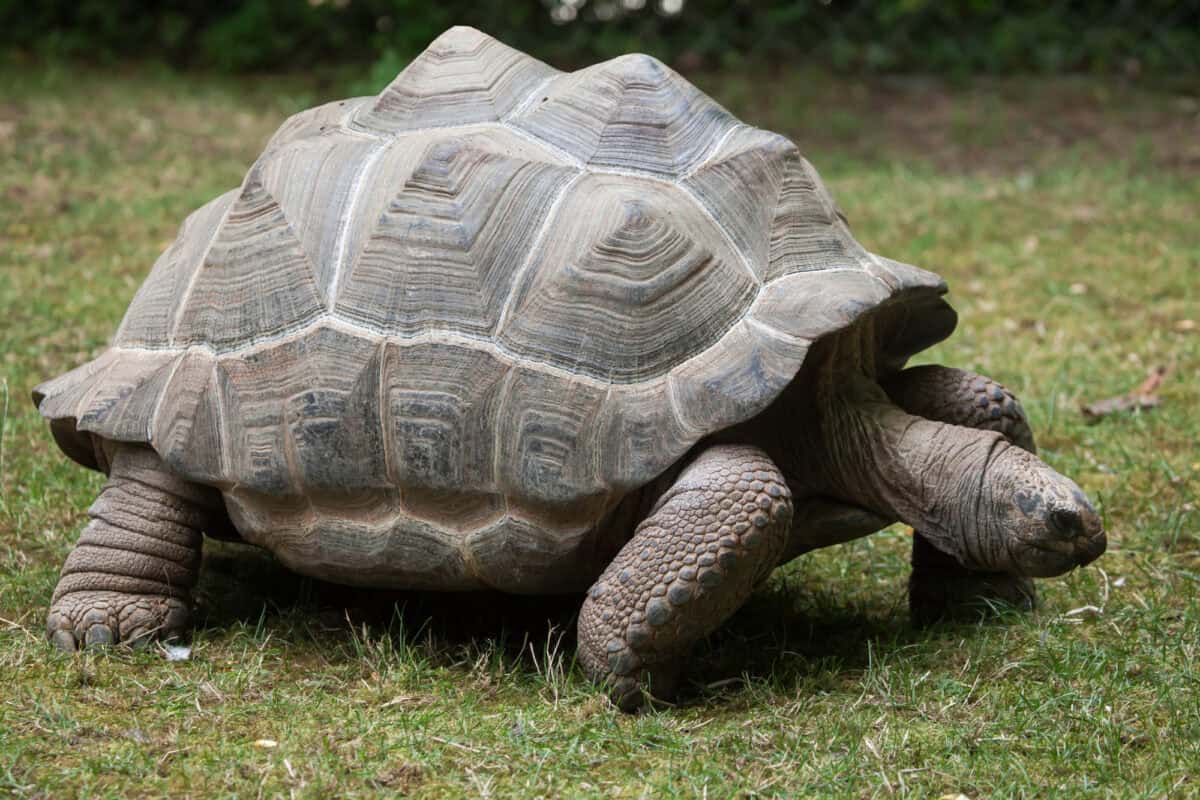
Topping our list are Aldabra giant tortoises, remarkable reptiles capable of living well beyond 100 years, with some documented specimens reaching over 250 years of age. Native to the Aldabra Atoll in the Seychelles, these gentle giants can weigh up to 550 pounds and grow shells measuring five feet in length. Their extraordinary longevity means they often outlive multiple generations of human caretakers. Owners of these tortoises must make comprehensive estate plans that include detailed care instructions and designated future guardians. Proper housing requirements include spacious outdoor enclosures with both sunny and shaded areas, access to fresh water, and a varied diet of grasses, vegetables, and occasional fruits. Their longevity represents both a remarkable commitment and the opportunity to create a living legacy that connects family members across generations.
Galápagos Tortoises
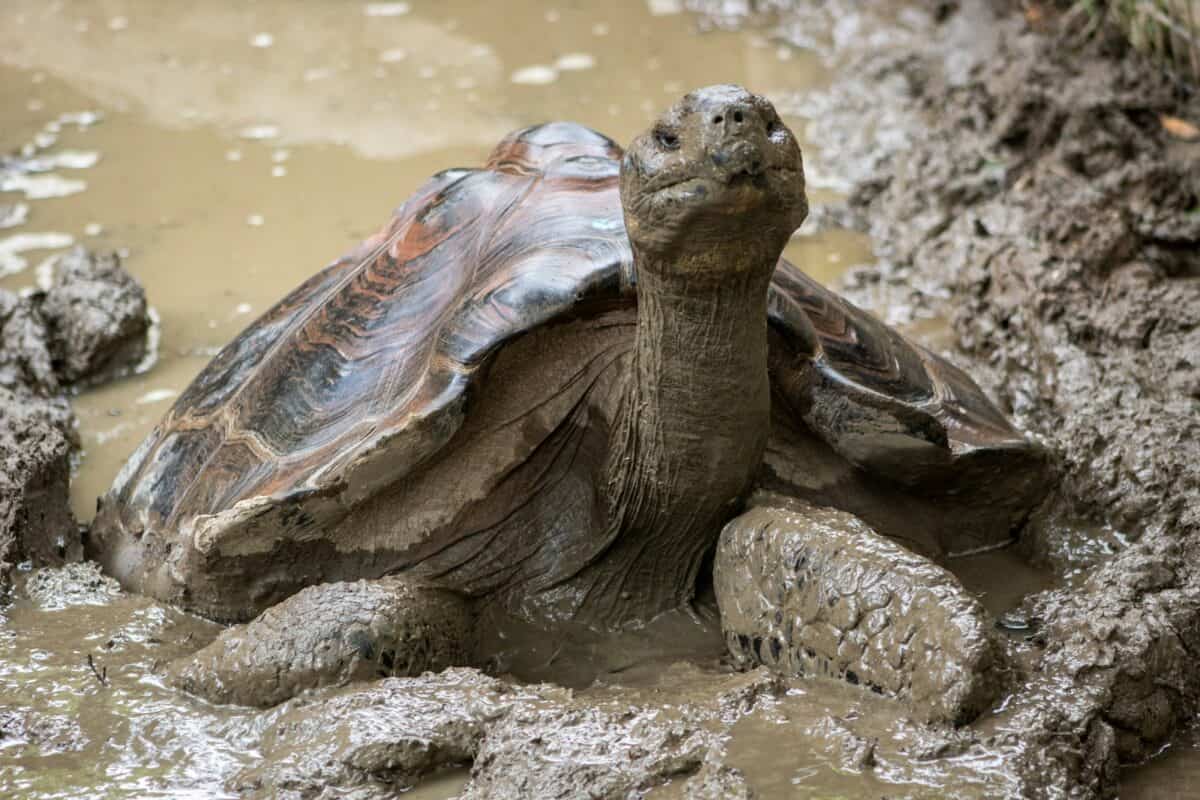
Similar to their Aldabra cousins, Galápagos tortoises boast impressive lifespans averaging 100-150 years, with some individuals reportedly living over 175 years. As the largest living species of tortoise, with some specimens weighing over 900 pounds, these iconic creatures require extensive space and resources. While most Galápagos tortoises are protected in their native habitat, some descendants of zoo specimens have become private pets through specialized breeding programs. Owners must provide temperature-controlled environments during cold months, expansive grazing areas, and specialized veterinary care from exotic animal specialists. These tortoises form strong bonds with their caretakers, recognizing them and even responding to their names. The extraordinary commitment to caring for a Galápagos tortoise means creating a multi-generational care plan, as these animals will almost certainly outlive their original owners.
Macaws

Among the most colorful long-lived companions are macaws, large, intelligent parrots that regularly live 50-70 years in captivity, with some documented cases exceeding 100 years. These highly social birds form intensive bonds with their human families, developing vocabularies of dozens or even hundreds of words and phrases. Their intelligence rivals that of a young child, requiring constant mental stimulation through toys, puzzles, and social interaction. Macaws need spacious cages or aviaries that allow for flight, daily time outside their enclosures, and specialized diets rich in nuts, seeds, fruits, and vegetables. Emotional neglect can lead to destructive behaviors and psychological issues like feather plucking. Potential owners should understand that macaws require more daily interaction than most pets, with some needing 3-4 hours of direct social time. Their long lifespan means they often become complicated assets in estate planning, requiring detailed provisions for their continued care.
African Grey Parrots
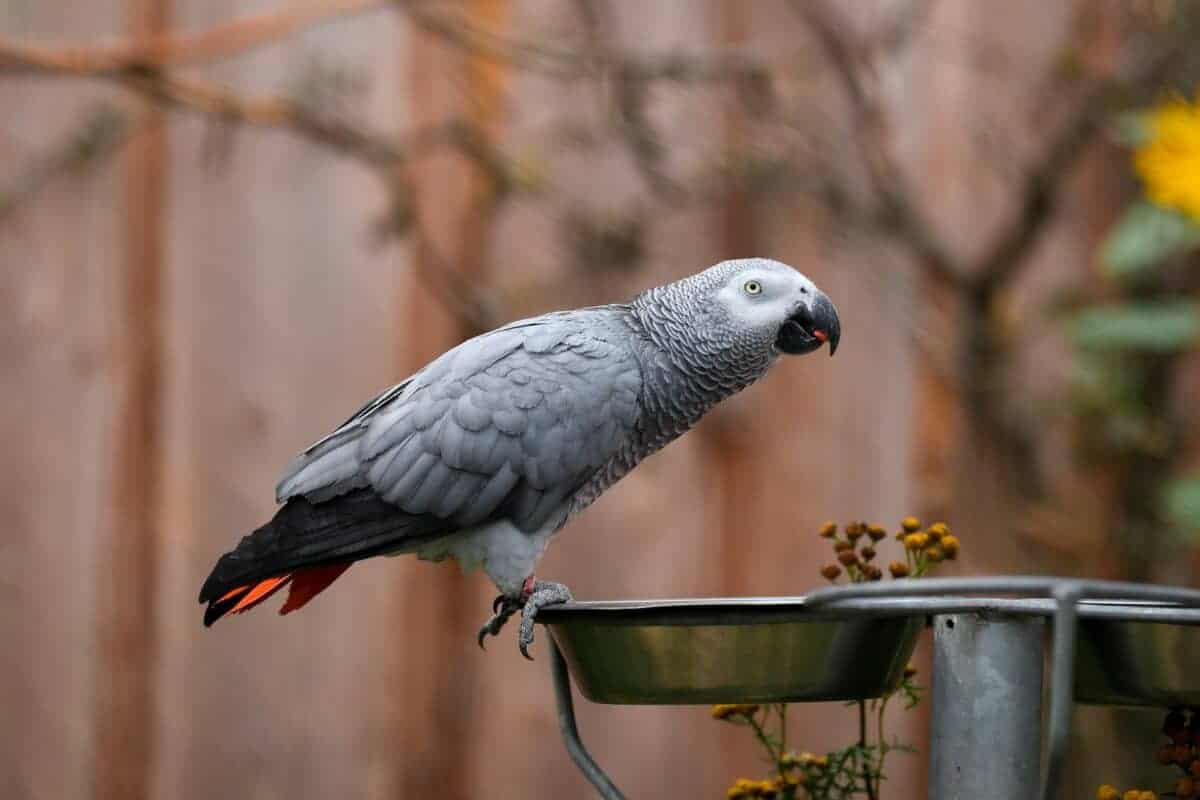
Renowned for their exceptional intelligence and remarkable speech abilities, African Grey parrots typically live 50-70 years in captivity. These birds possess cognitive abilities comparable to a 5-year-old child, with documented vocabularies exceeding 1,000 words and demonstrated capacity for understanding numerical concepts, shapes, colors, and even simple language syntax. African Greys require extensive mental stimulation, with owners needing to regularly introduce new toys, puzzles, and learning opportunities. Their emotional sensitivity means they can develop anxiety, depression, and destructive behaviors if their psychological needs aren’t met. Diet requires careful balance, including specialized pellets, fresh fruits, vegetables, nuts, and seeds. Their intelligence makes these birds particularly vulnerable to emotional distress if transferred between homes, so comprehensive succession planning is essential. Many owners establish trusts specifically to fund their African Grey’s continued care, sometimes with designated caretakers who already have relationship ties to the bird.
Cockatoos

With lifespans ranging from 60-80 years, cockatoos are among the longest-lived companion birds, often outliving their original owners by decades. These highly affectionate Australian natives form incredibly strong bonds with their human companions, displaying almost dog-like loyalty and need for interaction. Their highly social nature requires several hours of daily interaction, making them unsuitable for owners who travel frequently or have limited time at home. Cockatoos are notorious for their loud vocalizations, which can reach over 120 decibels—comparable to a rock concert—making them challenging neighbors in apartments or dense housing. They require specialized diets rich in nutrients, large cages with plenty of climbing apparatus, and consistent mental enrichment. Perhaps most challenging is their emotional intensity; cockatoos can develop severe behavioral issues if they feel neglected, including self-mutilation through feather plucking. Their incredible longevity necessitates establishing dedicated care trusts and identifying future guardians who understand these birds’ complex emotional needs.
Koi Fish
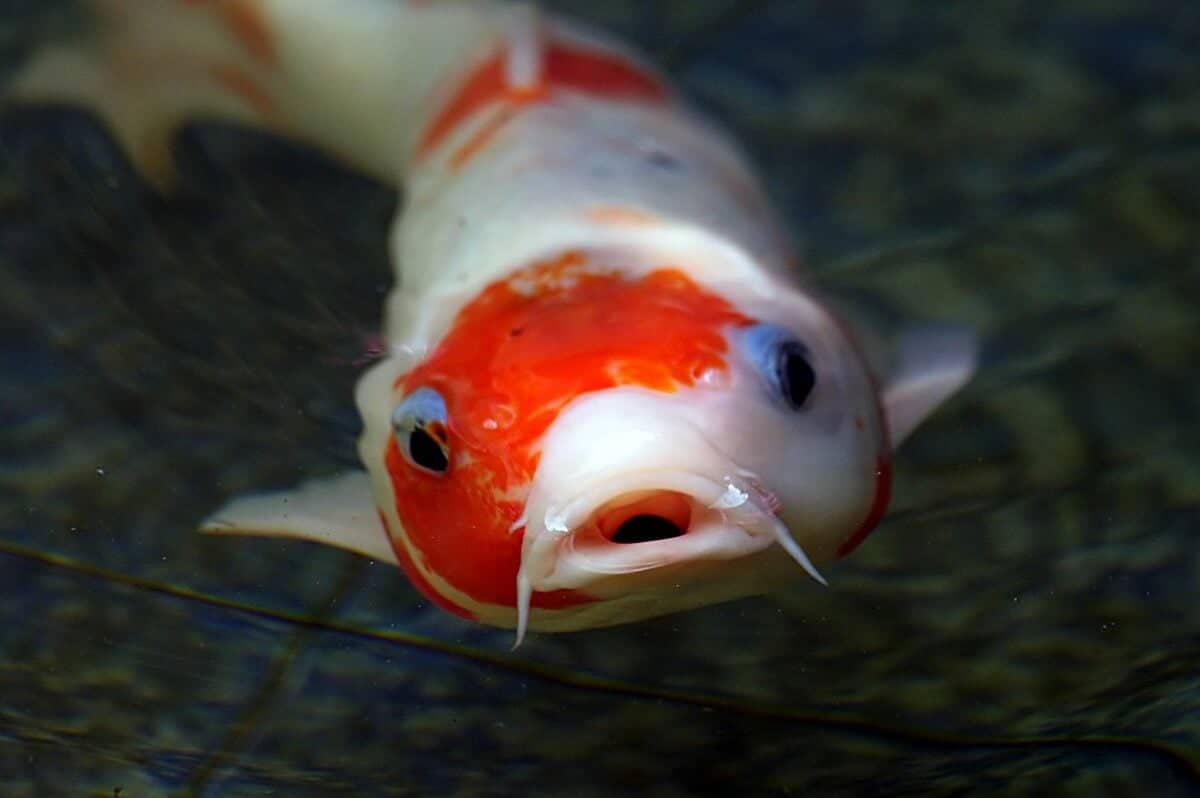
These ornamental pond fish, originally bred in Japan for their distinctive colors and patterns, commonly live 25-35 years, though exceptional specimens have been documented living over 200 years. The most famous example is “Hanako,” a scarlet koi that lived to 226 years old in Japan, verified through scale ring analysis similar to tree dating. Proper koi ponds require significant investment, including filtration systems, water quality management, appropriate depth (at least 3-4 feet), and protection from predators. In colder climates, koi ponds need heaters or sufficient depth to prevent freezing. Their care involves regular water testing, seasonal feeding adjustments, and occasional health checks by veterinarians specializing in aquatic species. Koi develop distinct personalities and can recognize their caretakers, often swimming to the surface when their owners approach. Their potential longevity means they frequently become shared community or family resources, passed down through generations, sometimes becoming living heirlooms with documented lineages and histories.
Ball Pythons

These popular reptile pets typically live 20-30 years in captivity, though exceptional specimens have reached 40+ years of age. Named for their defensive behavior of rolling into a ball when threatened, ball pythons are among the most docile and manageable snake species, reaching an average length of 3-5 feet. Their housing requirements include carefully regulated temperature gradients, appropriate humidity levels, and secure enclosures. Feeding typically consists of pre-killed rodents every 1-2 weeks, depending on the snake’s age and size. Unlike many pets, ball pythons don’t form emotional attachments to owners, making them easier to transition to new caretakers. However, they do become accustomed to specific handling patterns and environmental conditions. Their relatively minimal care requirements compared to other long-lived pets make them easier to incorporate into estate planning, though owners should still identify knowledgeable future caretakers familiar with reptile husbandry. With proper care, these snakes can easily outlive young or middle-aged owners, requiring succession plans for their continued well-being.
Amazon Parrots
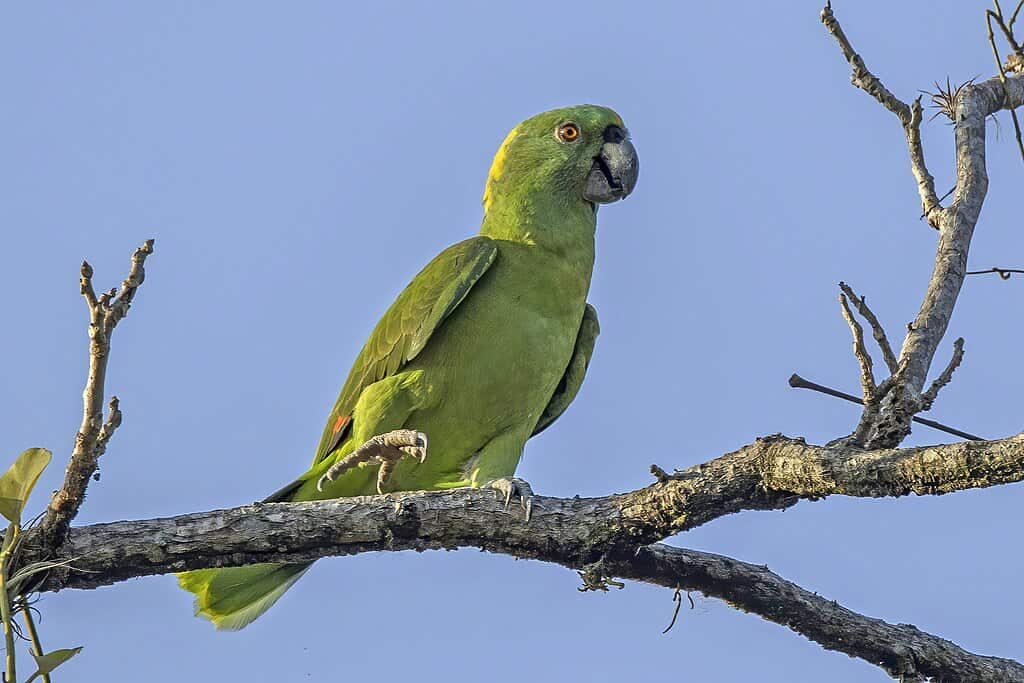
With average lifespans of 40-70 years, Amazon parrots frequently outlive their original owners, becoming multi-generational family members. These medium-sized parrots, including popular species like Yellow-headed and Double Yellow-headed Amazons, are known for their exceptional talking ability, boisterous personalities, and intelligence. They require large cages with multiple perches, toys that encourage problem-solving, and several hours of daily interaction outside their enclosures. Dietary needs include high-quality pellets supplemented with fresh fruits, vegetables, nuts, and occasional protein sources. Amazon parrots are prone to obesity, requiring careful portion control and regular weigh-ins. Their strong personalities can include territorial behavior and occasional aggression, particularly during breeding season, even in single birds. Owners must establish consistent boundaries while providing ample mental stimulation. When planning for their long-term future, it’s essential to identify caretakers who understand these birds’ specific psychological and physical needs, ideally people who have already developed relationships with the parrot to minimize transition trauma.
Hermann’s Tortoises
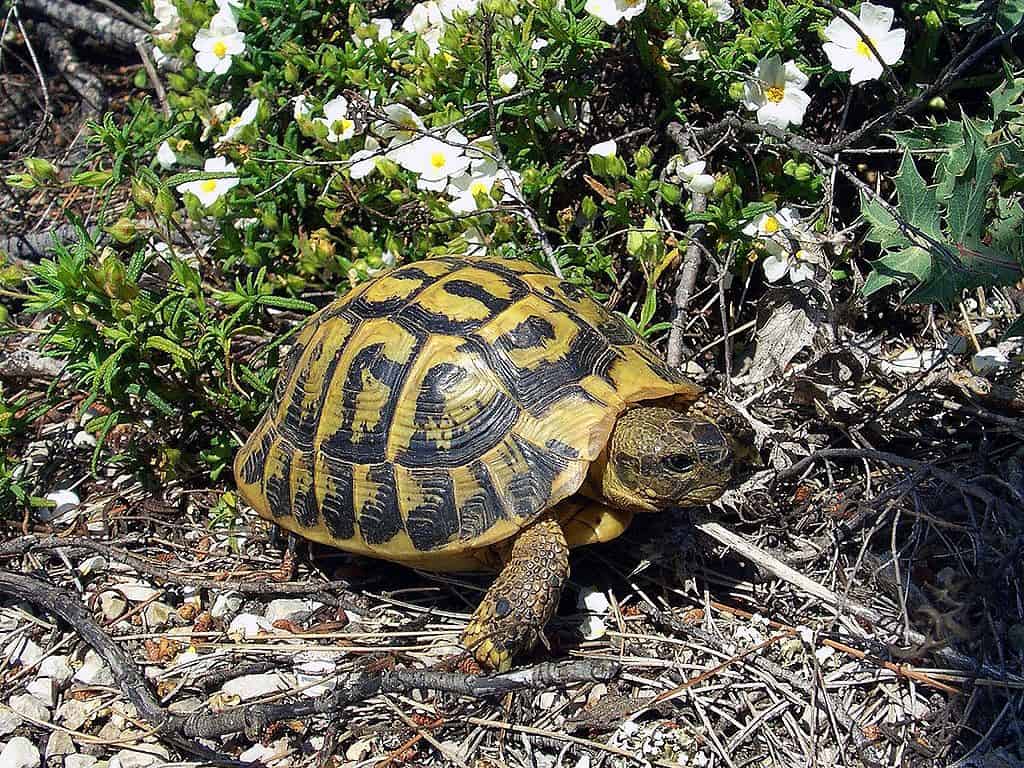
These medium-sized Mediterranean tortoises typically live 50-100 years with proper care, making them likely to outlive most owners. Growing to about 8-10 inches in length, Hermann’s tortoises are more manageable than giant tortoise species while still offering exceptional longevity. They require outdoor enclosures with both sunny and shaded areas, appropriate substrate for digging, and protection from predators. Their diet should consist primarily of grasses, weeds, leafy greens, and flowers, mimicking their natural Mediterranean diet. During winter months in cooler climates, they require either heated indoor enclosures or carefully managed hibernation conditions. Hermann’s tortoises can recognize their caretakers and develop distinct personalities, with some individuals showing preference for certain foods or activities. Their relatively moderate space requirements compared to giant tortoise species make them more practical for suburban homes with modest yards. Despite their manageable size, their exceptional lifespan means owners should establish detailed care plans for likely custody transfers, including veterinary records, dietary preferences, and behavioral notes.
Green Iguanas

With proper care, green iguanas can live 15-20 years in captivity, with exceptional specimens reaching beyond 30 years. These large lizards, native to Central and South America, can grow to 5-7 feet in length, requiring spacious enclosures with climbing opportunities, basking areas with appropriate UVB lighting, and carefully regulated temperatures and humidity. Diet consists primarily of dark, leafy greens, vegetables, and occasional fruits, avoiding common items like lettuce that provide minimal nutrition. Males can become territorial and aggressive during breeding season, even without a mate present, requiring careful handling during these periods. Proper calcium supplementation is crucial to prevent metabolic bone disease, a common condition in captive iguanas. These reptiles can recognize their caretakers and form relationships based on consistent, gentle handling from a young age. While not as long-lived as some animals on this list, their significant 20+ year lifespan means many iguanas will outlive elderly owners or those with health conditions, necessitating succession planning that accounts for these animals’ substantial space and environmental requirements.
Box Turtles
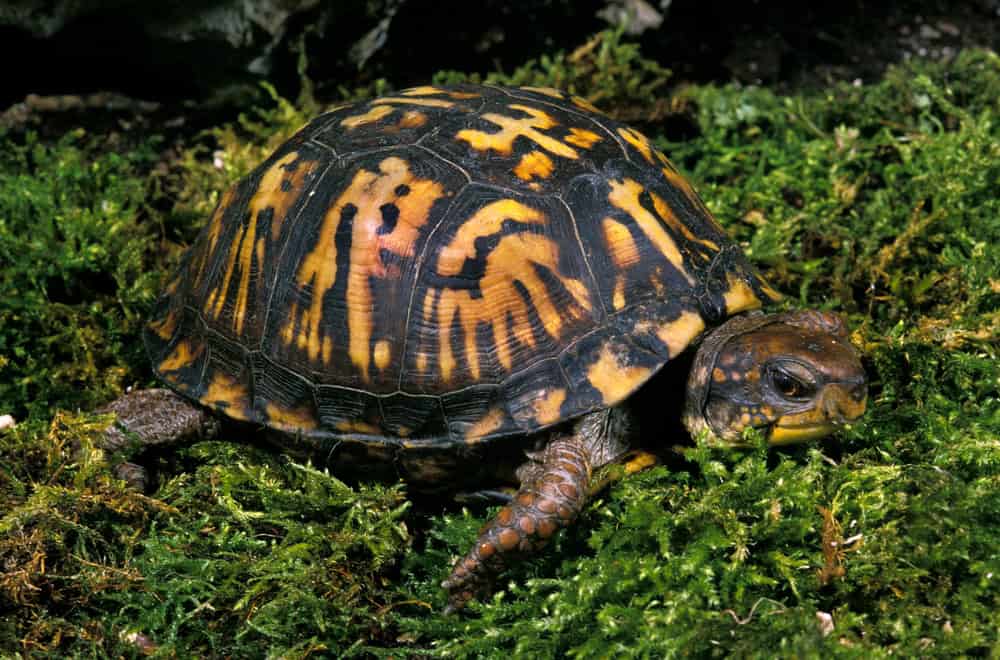
These familiar North American natives commonly live 40-60 years in captivity, with some documented cases exceeding 100 years. Their relatively small size (4-8 inches) makes them more manageable than tortoises, though their care requirements remain complex. Box turtles need outdoor enclosures that mimic their natural habitat, including areas for digging, basking, and hiding, along with protection from predators. Diet should include a varied mix of insects, worms, leafy greens, vegetables, and occasional fruits. Unlike aquatic turtles, box turtles need access to shallow water for soaking rather than swimming. In colder regions, they require carefully managed hibernation conditions or climate-controlled indoor habitats during winter months. These turtles develop strong site fidelity, becoming stressed if relocated, making habitat consistency important when transferring ownership. Their shells grow annual rings similar to trees, allowing rough age estimation in wild-caught specimens, though captive-raised individuals with consistent food access may not display clear rings. Their considerable lifespan means box turtles often become family heirlooms, passed between generations with accompanying stories and histories.
Planning for Your Long-Lived Pet’s Future

When bringing a long-lived animal into your home, responsible ownership extends far beyond your own lifetime. Creating a comprehensive care plan should include identifying willing future guardians, establishing pet trusts with sufficient funding for decades of care, and documenting detailed care instructions. Regular veterinary check-ups should include maintaining comprehensive health records that can be transferred to future caretakers. For particularly long-lived species like tortoises and parrots, consider establishing relationships with specialized sanctuaries or zoological institutions that might serve as final homes if family care isn’t possible. Involving younger family members in care routines helps establish bonds that may facilitate future transitions. Most importantly, potential owners of these animals should realistically assess whether such a long-term commitment aligns with their values and circumstances, recognizing that these creatures represent multi-generational responsibilities rather than traditional pets.
Conclusion:
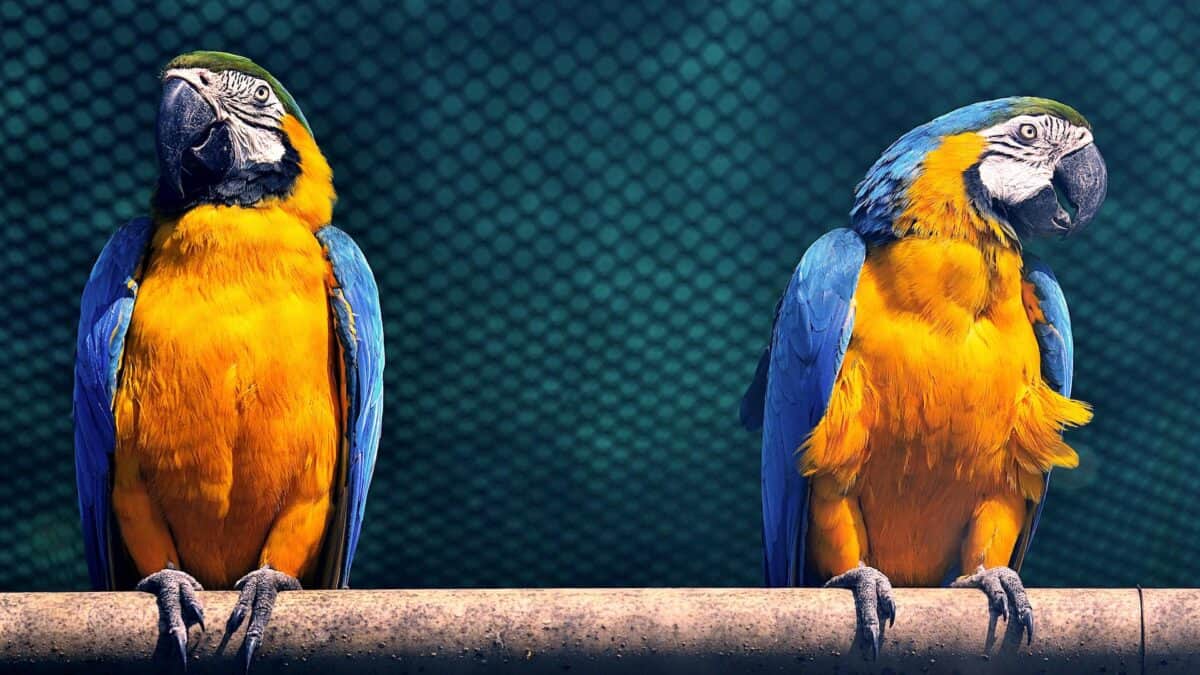
The extraordinary longevity of these ten remarkable animal companions offers both profound joys and serious responsibilities for their human caretakers. While most pet owners expect to provide lifetime care for their animals, those who welcome long-lived species into their homes must embrace a more complex reality—planning for care that extends far beyond their own lifetimes. These animals become not just pets but living legacies, connecting generations and requiring thoughtful succession planning that honors both the animal’s needs and the original owner’s commitment. The decision to bring such a long-lived creature into one’s home should never be made lightly, as it represents not just a commitment for years, but potentially for decades or even centuries to come. For those who understand and embrace this responsibility, however, sharing life with these remarkable creatures offers a unique opportunity to create connections that truly transcend a single human lifetime.
- 13 Most Aggressive Mammals in the Wild - August 24, 2025
- 10 Behaviors That Keep Eagles Healthy And 3 That Shorten Lifespan - August 24, 2025
- 13 Wildest Animal Migration Journeys - August 24, 2025

